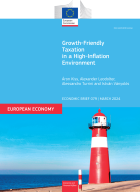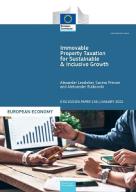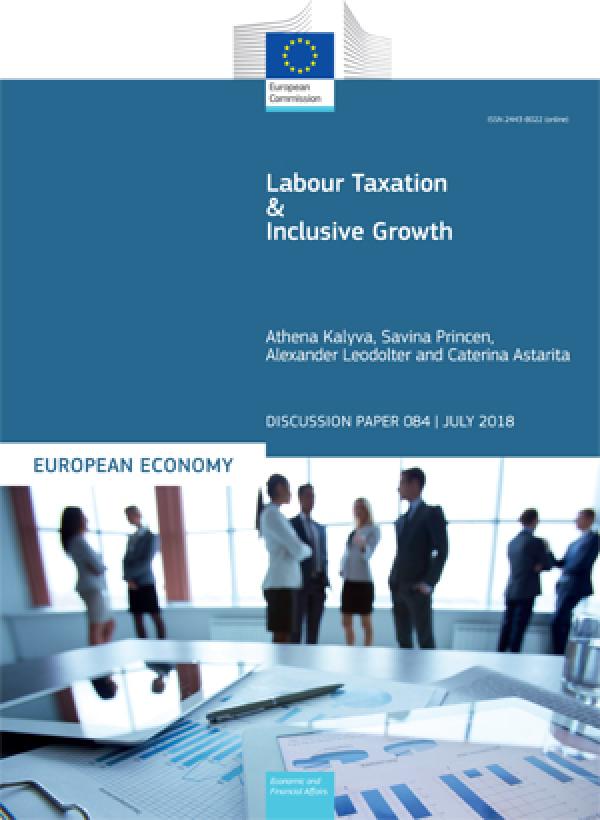Details
- Identification
- Economic Brief 079
- Publication date
- 20 March 2024
- Authors
- Áron Kiss | Alexander Leodolter | Alessandro Turrini | Istvan Vanyolos | Directorate-General for Economic and Financial Affairs
Description
This Economic Brief focuses on challenges related to recurrent immovable property and labour taxation during periods of high inflation. It discusses the update of property values and liquidity issues on the side of property tax payers as well as the bracket creep (or fiscal drag) in labour taxation. It highlights the relevance of these issues on the basis of recent empirical evidence and discusses current practices and possible solutions.
Highlights
- This Economic Brief discusses challenges related to recurrent immovable property and labour taxation during periods of high inflation.
- The regular update of property values is key to keep property taxes efficient and fair and maintain their revenue potential.
- Sudden and large changes in the value of tax bases for recurrent property taxes can be avoided through more frequent updates.
- Complying with property taxation can become more difficult for taxpayers at times of high inflation.
- Deferrals of property tax payments or means-tested tax relief for low-income households are options to address the liquidity problem in housing taxation.
- Bracket creep occurs when inflation pushes taxpayers into higher income tax brackets or reduces the value of tax credits and allowances.
- There are several possible ways to address bracket creep, such as indexation of the PIT system to inflation, compensatory payments or discretionary one-off tax reform measures.
Information and identifiers
Economic Brief 079. March 2024. Brussels. PDF 20 pp. Tab. Graph. Bibliogr. Free.
KC-BE-24-001-EN-N (online)
ISBN 978-92-68-12531-1 (online)
ISSN 2443-8030 (online)
doi:10.2765/718613 (online)
JEL classification: D1, H2, H21, H24, H3, H31
Disclaimer
European Economy Economic Briefs are written by the staff of the European Commission’s Directorate-General for Economic and Financial Affairs to inform discussion on economic policy and to stimulate debate. The views expressed in this document are solely those of the author(s) and do not necessarily represent the official views of the European Commission.



